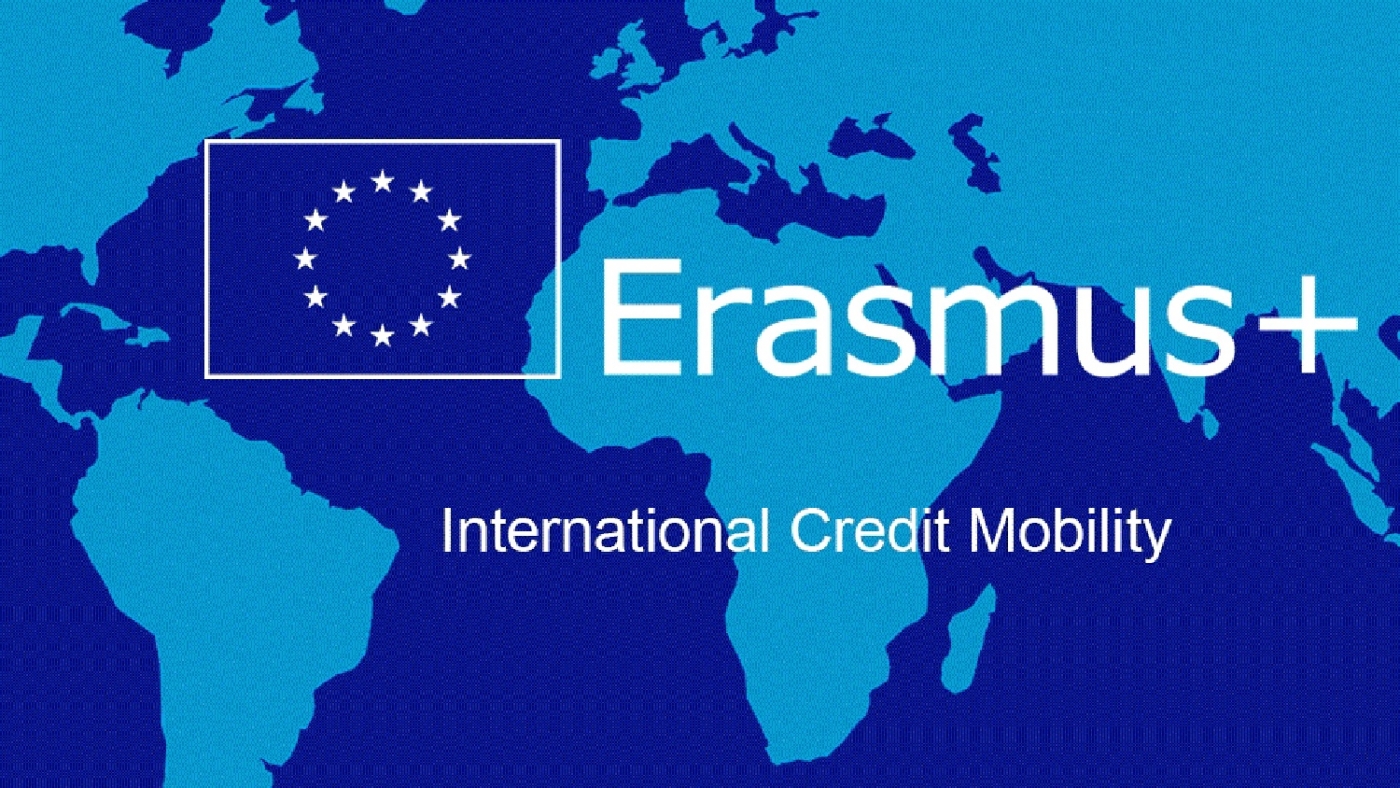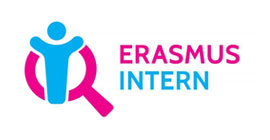International Credit Mobility (ICM)

All videos related to individual opportunities under the Erasmus+ programme are available on the NEO YouTube channel.
You can explore Erasmus+ opportunities for individuals in the attached file(download) - January 2025
General Information about International Credit Mobility - (download) - January 2025
International Credit Mobility
This type of mobility, which has existed in Europe since 1987, is open to non-European universities, students and staff. Erasmus+ funds credit mobility i.e. student mobility between 2 and 12 months or between 5 and 30 days if part of blended mobility (in both directions) to obtain credits in a host institution, which are then recognised by the home institution. This action also funds staff mobility of up to 2 months to and from the participating universities, which is essential as university staff is agents of change in their home institutions. Scholarships are awarded on the basis of inter-institutional agreements between the participating universities.
This action is decentralised and managed by National Agencies in EU MS or associated countries. It is open to participation from higher education institutions worldwide, though only institutions from EU MS or associated countries can submit applications to their National Agency.
The budget available is split into discrete 'envelopes' for each region of the world. The size of each envelope is set according to the EU's external priorities, with some regions benefitting from bigger budget envelopes and therefore funding more mobilities. The largest budgets in the 2021-2027 programme period are allocated to Sub-Saharan Africa, the Western Balkans, and the EU's neighborhood regions – East and South. The total budget of the action amounts to EUR 1.064 billion.
For more information: https://erasmus-plus.ec.europa.eu/opportunities/organisations/learning-mobility-of-individuals/higher-education-students-and-staff
Key messages for partner-country universities
Non-associated third country universities should know that universities from all 33 EU Member States + associated countries will be applying to set up agreements with universities from their region each year. They should explore their existing contacts at the institutional level (MoUs, research agreements) and see which faculties already have staff or student mobility arrangements with European universities to see if these could form part of an Erasmus+ agreement.
Key messages for students
You can only take part in international credit mobility if your university has an inter-institutional agreement. You should therefore contact your university. This could be: - your university's international office - from your faculty: by their nature, Erasmus+ credit mobility opportunities will be offered as part of your programme. At a certain stage in your programme, you will be told which courses are available at which partner universities.
Mobility and learning agreements
These documents lay out various criteria to be approved and followed between various parties undertaking Erasmus programmes.
Mobility agreement
Sets out the programme of teaching/training to be followed.
Templates for Mobility Agreements
Learning agreement
Provides a transparent and efficient preparation of a student exchange.
Guidelines and templates for Learning agreements
Inter-institutional Agreement
Sets the framework conditions for the student and staff mobilities that take place between higher education institutions.









